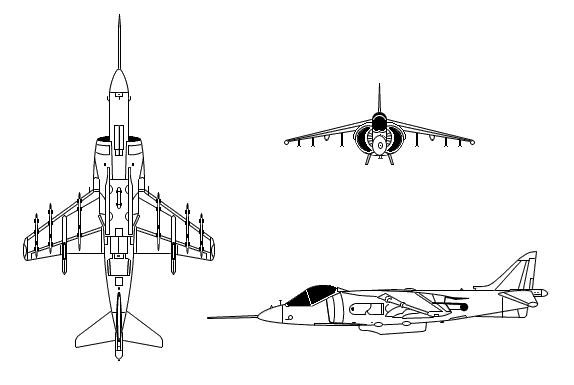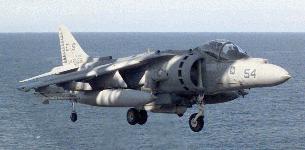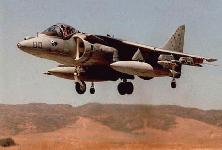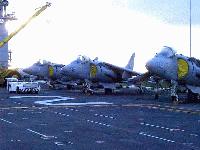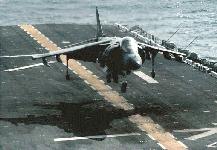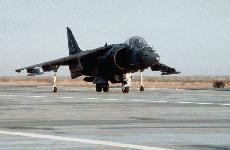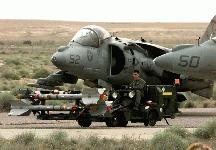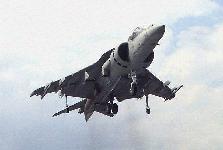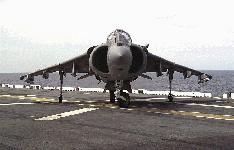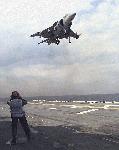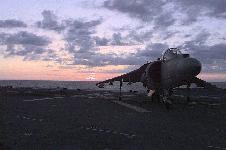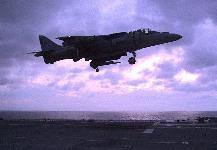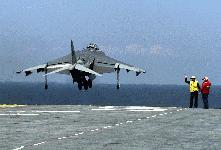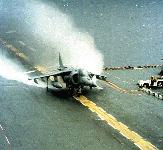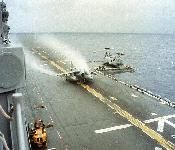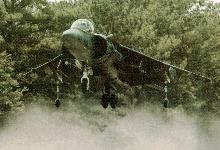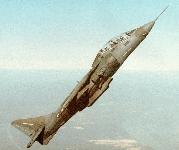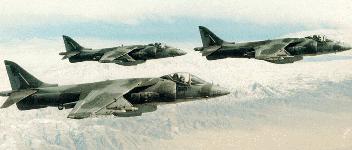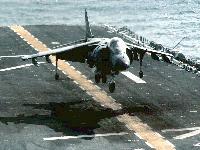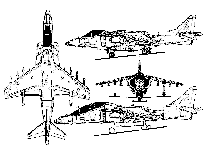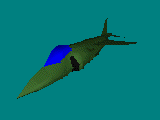
AV8B Harrier
VRML by Soji Yamakawa



The AV-8B V/STOL strike aircraft was designed to replace the AV-8A and the A-4M light attack aircraft. The Marine Corps requirement for a V/STOL light attack force has been well documented since the late 1950's. Combining tactical mobility, responsiveness, reduced operating cost and basing flexibility, both afloat and ashore, V/STOL aircraft are particularly well-suited to the special combat and expeditionary requirements of the Marine Corps. The AV-8BII+ features the APG-65 Radar common to the F/A-18, as well as all previous systems and features common to the AV-8BII.
The mission of the VMA STOVL squadron is to attack and destroy surface and air targets, to escort helicopters, and to conduct other such air operations as may be directed. Specific tasks of the AV-8B HARRIER II include:
Operation Desert Storm in 1991 was highlighted by expeditionary air operations performed by the AV-8B. The Harrier II was the first Marine Corps tactical strike platform to arrive in theater, and subsequently operated from various basing postures. Three squadrons, totaling 60 aircraft, and one six-aircraft detachment operated ashore from an expeditionary airfield, while one squadron of 20 aircraft operated from a sea platform. During the ground war, AV-8Bs were based as close as 35 nautical miles (40.22 miles) from the Kuwait border, making them the most forward deployed tactical strike aircraft in theater. The AV-8B flew 3,380 sorties for a total of 4,083 flight hours while maintaining a mission capable rate in excess of 90%. Average turnaround time during the ground war surge rate flight operations was 23 minutes.
Specifications | |
| Contractor: | McDonnell Douglas Aircraft (Airframe Prime), Rolls Royce (Engine Prime) |
| Power Plant: |
|
| Accommodations: |
|
| Performance: |
|
| Countermeasures: | Not applicable |
| Armament: |
|
| Mission and Capabilities: |
|
| Program Summary: |
|
External Dimensions:
|
| ||||||||||||||||||||||||||||||||||||||||||||||||||||||||||||||||
Weights and Loadings (Single-Seaters, Except Where Indicated)
|
Performance
| ||||||||||||||||||||||||||||||||||||||||||||||||||||||||||||||||
| VRML 3-D Model |
 AV8B Harrier VRML by Soji Yamakawa |
